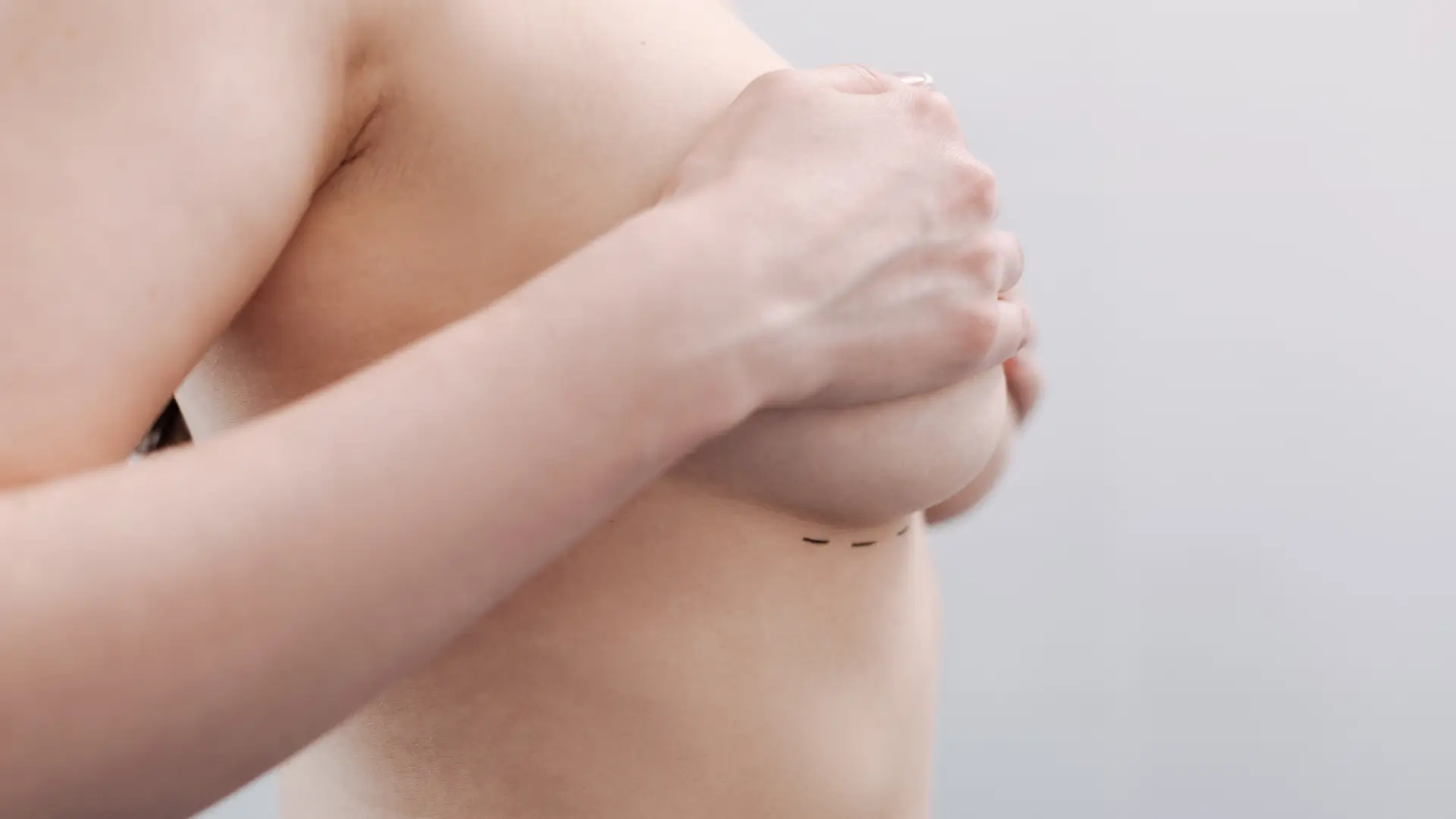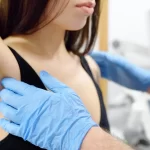
- 0 Comments
- PRMA Plastic Surgery
Patients often ask how much fat is needed for DIEP flap breast reconstruction surgery. Although there is no textbook fat requirement for DIEP flap surgery, there are three factors to consider when answering the question: BMI, how an individual’s weight is distributed, and final result expectations. The amount of fat needed to perform a successful DIEP procedure will vary based on an individual’s needs.
Let’s break down the three common factors considered when discussing the amount of fat needed for DIEP flap surgery.
DIEP Flap BMI Requirements: How Your Weight Affects Eligibility
BMI (or Body Mass Index) measures body fat based on an individual’s height and weight. There is no “perfect BMI” for patients seeking DIEP surgery, but some BMI restrictions exist. Patients with high BMIs are at an increased risk of complications following any surgery, including breast reconstruction. The most common complication associated with higher BMI and DIEP flap is wound healing. At PRMA, we require our patients to have a BMI of under 40 before being eligible for surgery.
Other breast centers often tell patients with low BMIs (20 and below) that they are not candidates for surgery. However, this is not necessarily the case. At PRMA, we regularly perform successful DIEP flap surgery on patients with a low BMI as long as their weight distribution is primarily in their lower abdominal region.
Fat Distribution: Can Thin Patients Still Have DIEP Flap Surgery?
Yes, many thinner patients can still be excellent candidates for DIEP flap surgery. In individuals with a lower BMI, it’s not just about overall body weight; it’s about where fat is stored. Specifically, the amount of fat in the lower abdomen plays a crucial role in determining DIEP flap eligibility.
Patients with a naturally lean body type may still have sufficient tissue in the lower tummy area to reconstruct one or both breasts. One simple way to get a general idea is by performing a quick “pinch test” at home:
- While standing, gently bend forward slightly at the waist.
- Using your fingers, pinch the tissue just below your belly button to just above the pubic bone.
- The amount you can pinch is roughly the volume your surgeon can access and use during the procedure.
Keep in mind that this test is only a rough estimate. Your surgeon will perform a much more detailed evaluation during your consultation, using imaging and a physical exam to assess your unique anatomy and surgical options.
Even if the available abdominal fat is on the lower side, DIEP flap surgery may still be possible—especially when breast size goals are realistic and align with what your body can provide. Your surgeon will work closely with you to ensure well-matched expectations and outcomes.
Matching Fat Volume to Your Desired Breast Size
When determining if DIEP flap surgery is a good fit, one of the most critical conversations is about your aesthetic goals—specifically, the breast size you’re hoping to achieve after reconstruction.
To be a candidate for DIEP flap, you must have enough donor tissue—usually from the lower abdomen—to meet those size and shape expectations. For patients seeking larger breast reconstruction, more abdominal fat may be required. In some cases, a patient may technically be a candidate for the procedure, but their available tissue may not be sufficient to reach their desired size.
When donor tissue is limited, there are a few safe and effective options to help bridge the gap between available fat and desired breast volume:
- Fat grafting during second-stage reconstruction: This involves transferring small amounts of fat from other areas of the body to refine shape or enhance volume.
- Medical weight gain before surgery: Gaining a small amount of weight under the guidance of your care team may help increase the amount of usable abdominal tissue.
- Hybrid reconstruction: This combines DIEP flap surgery with a small breast implant to achieve the desired size and shape.
Your surgical team will help you explore these options and determine what best supports your goals while prioritizing safety and long-term results. Open, realistic conversations during your consultation are key to creating a personalized plan that balances your aesthetic vision with what your body can safely provide.
When Are You Not a Candidate for DIEP Flap Surgery?
While DIEP flap reconstruction is a preferred option for many patients, it’s not suitable for everyone. You may not be a candidate if you’ve had:
- A full tummy tuck (which removes the tissue needed for the flap)
- A previous TRAM flap procedure
- Extensive abdominal wall repair, such as mesh placement or hernia repair
In these cases, the necessary blood vessels or tissue may no longer be available or viable for safe reconstruction.
Good news: If DIEP flap isn’t an option, natural tissue alternatives are still available. These include:
- Thigh-based flaps such as PAP, TUG, or LTP
- Buttock-based flaps, such as the GAP flap
Your surgical team will help determine which reconstructive option best fits your anatomy, goals, and medical history.
Schedule a Virtual Consultation to See if DIEP Flap Is Right for You
Regardless of what a patient weighs, if they are interested in DIEP flap reconstruction, we strongly advise scheduling a virtual consultation with one of our board-certified plastic surgeons to determine if they are a good candidate.

